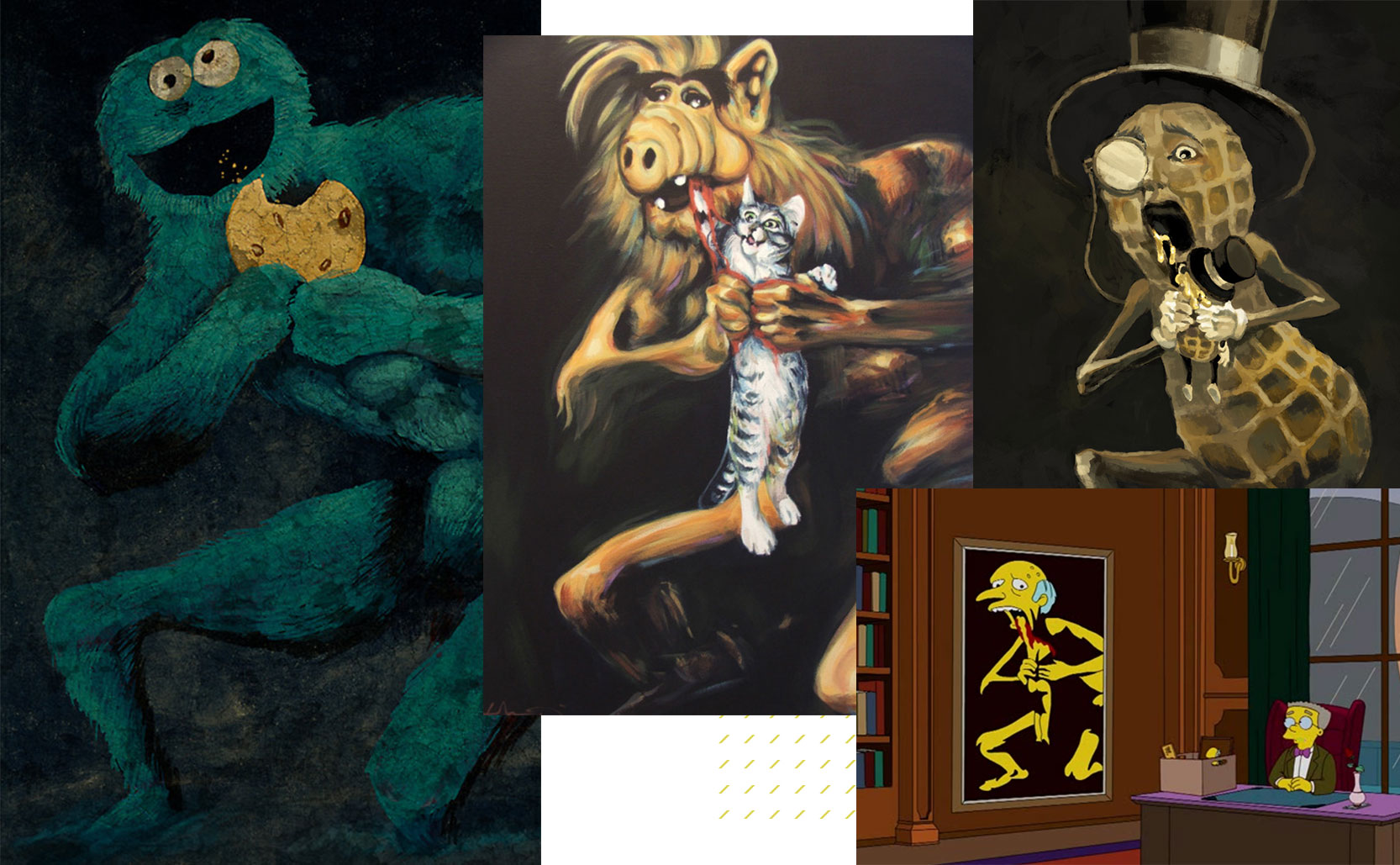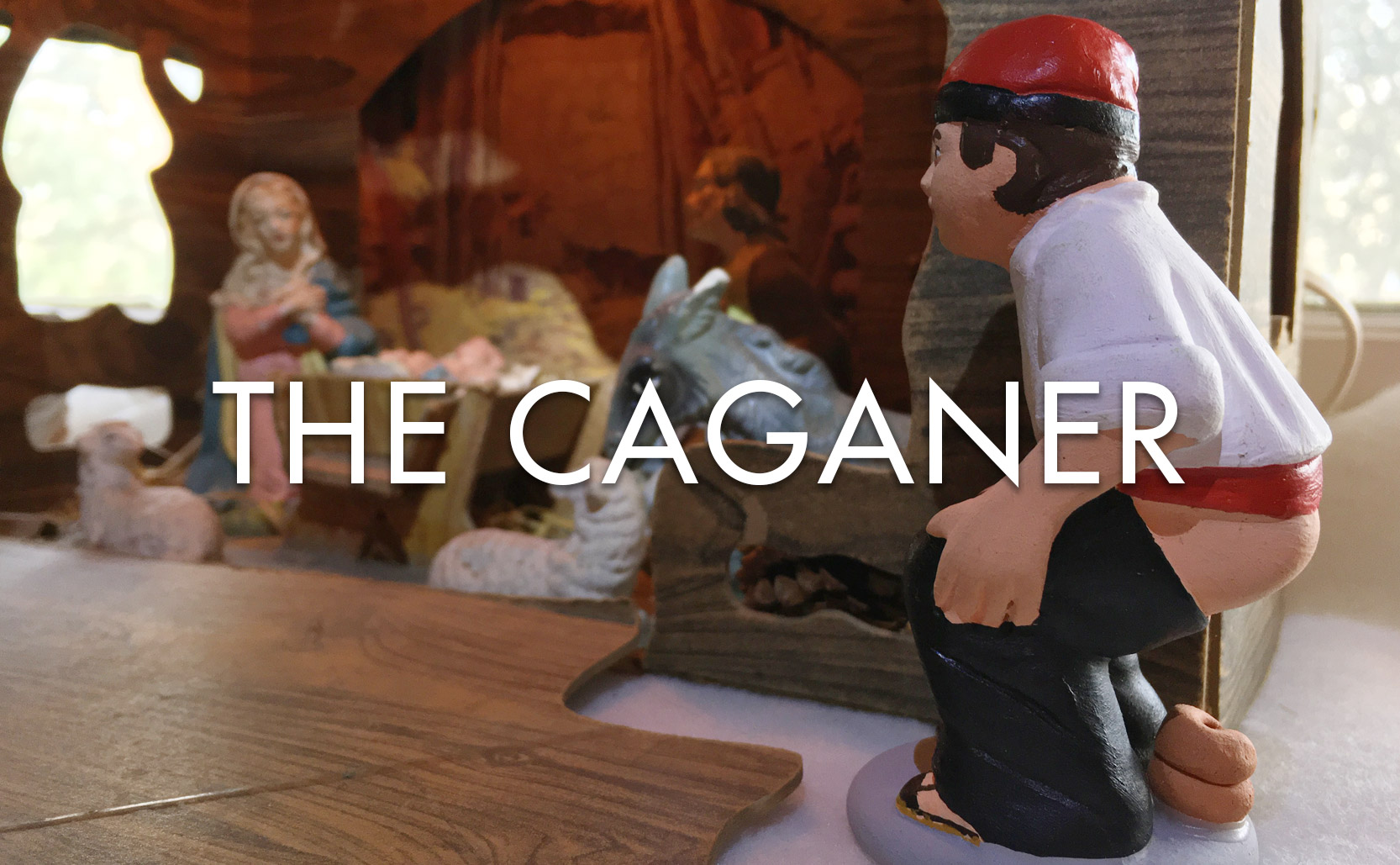Goya’s Black Paintings
The literally & figuratively dark paintings that Francisco de Goya created as he withdrew from the world.
Francisco de Goya was an 18th and 19th century Spanish painter who rose from a rural beginning to become the primary painter for the Spanish royal court. Unfortunately the turbulent events of early 19th century Spain, and his own personal problems, soured Goya’s worldview. The invasion of Spain by France during the Peninsular War, and the bloodshed that came with it, deeply affected Goya. His Los Desastres de la Guerra (The Disasters of War) series of prints are a dark departure from his bright and hopeful paintings of Spanish courtly life. The Disasters of War depict acts of violence, famine, the corrupt Catholic church, and despair across 82 prints. They also serve as an insight into Goya’s darkening view of humanity.

Fade to Black
Even with the end of the Peninsular War in 1814 the political troubles in Spain continued. The return of the tyrannical Ferdinand VII as king, who rejected forward-thinking Enlightenment ideas, was a step backwards. This was combined with the return of the Catholic church’s Inquisition as a means of controlling the people, which the occupying French had abolished. Goya’s personal life had worsened as well. He was 73 years old, his wife had died, an undiagnosed infection had left him mostly (or completely) deaf, he was under investigation for having worked with for the occupying French forces, and his finances were running out.


The Black Paintings
Goya withdrew from the world. He was pessimistic, alone, and feared his worsening health. He moved to a farmhouse outside Madrid. From 1819 to 1823 he worked in isolation on what has become known as the Black Paintings. Unlike his previous work, these paintings weren’t commissioned by wealthy patrons or intended to appeal to an audience. These 14 paintings were created for Goya himself, serving both as an outlet and as an exploration – they were pure art. He painted them directly on the walls of the house (which were later removed and transferred to canvas after his death).

The Black Paintings are dark in both subject matter and color. They explore themes of loss, hopelessness, madness, fear, and ignorance. Because they were created in isolation we can only guess as to Goya’s thoughts and intentions. He never revealed any possible titles for the paintings so the names we use today were created after his lifetime. All of the paintings are special in their own right but a few stand out.
Saturn Devouring His Son features the Roman Titan Saturn (or the Greek equivalent Cronus) trying to avoid the prophecy that one of his children would overthrow him. Unlike the 1636 painting of Saturn by Peter Paul Rubens, Goya’s Saturn is wild, savage, with blood oozing out of the headless partially eaten child.

Witches’ Sabbath (or The Great He-Goat) features Satan, in the form of a goat-man, sitting before a gathering of witches. Goya had painted this subject matter before in 1789’s Witches’ Sabbath, which actually has more grisly details but lacks the raw emotion of the Black Painting version.


Romanticism to Modernism
As the world changed so did Goya’s style, bridging the gap from the old to the new. Today he is considered the last of the Old Masters and one of the first modern painters. The Black Paintings, as well as some of his other works, were influential in the Expressionist and Surrealist movements of the 19th and 20th centuries.
After the farmhouse Goya moved to France in 1824, where he died in 1828. Today his Black Paintings are in a room of their own, isolated, at the Prado Museum in Madrid.
Added info: Saturn Devouring His Son is a much parodied painting, from Cookie Monster to Alf eating a cat.






